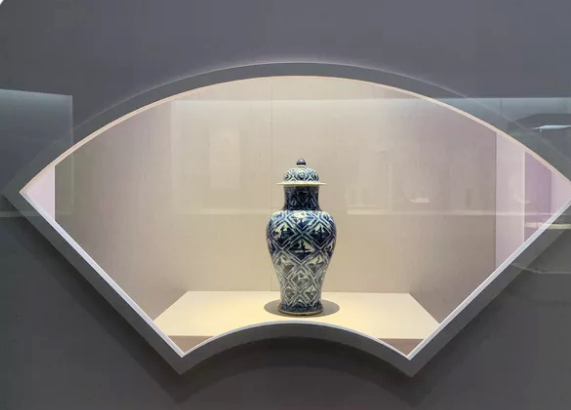Ultra-white laminated glass is widely used in high-end architecture, automotive, solar energy, and other fields due to its high light transmittance, low iron content, and good safety performance. Evaluating the quality of super white laminated glass is a critical step in ensuring that it meets the requirements for use. The following is a detailed analysis of how to assess the quality of super-white laminated glass:
1. Appearance quality inspection:
Surface finish: Check whether the surface of the glass is smooth and free from scratches, ripples, bubbles, and other defects.
Laminated uniformity: Observe whether the PVB film in the middle of the interlayer is uniform, without delamination and blistering.
Edge treatment: The edge should be smooth ** puncture, and no cracks or damage.
2. Optical performance test:
Transmittance: Measured by a transmittance meter, the transmittance of super white laminated glass should be higher than that of ordinary glass.
UV blocking rate: The UV blocking effect is tested by professional equipment to assess the absorption capacity of ultraviolet rays.
3. Dimension and thickness measurement:
Dimensional accuracy: Use a tape measure or laser distance meter to test whether the actual size of the glass is consistent with the order requirements.
Thickness consistency: Detect whether the thickness of the glass is uniform and meets the standard tolerance.
4. Physical property test:
Impact resistance: Evaluate the impact resistance of the glass through a ball drop test or pressure test.
Temperature change resistance: Check the stability of glass performance in high and low-temperature environments.
5. Safety performance assessment:
Breakage safety: When the glass is broken, check that the fragments are not attached to the interlayer to prevent them from splashing.
Emissivity: Evaluate the emissivity to heat for super white laminated glass used in greenhouses or solar energy applications.
6. Acoustic performance tests:
Acoustic insulation: Acoustic tests to assess the effectiveness of the glass in isolating sound.
7. Chemical stability tests:
Corrosion resistance: To check the durability of glass after exposure to corrosive chemicals.
8. Thermal insulation test:
Thermal insulation: Assesses the thermal insulation properties of laminated glass, particularly important in architectural applications.
9. Durability testing:
Durability testing: To assess the durability of glass by simulating conditions of use over a long period, e.g. temperature cycling, and humidity changes.
10. Conformity and Certification:
Standard Conformity: Ensure that the product complies with international and domestic standards such as ISO, ASTM, GB, etc.
Quality certification: Check whether the product has passed the necessary quality certifications, such as CE marking, TÜV certification, etc.
11. Production batch consistency:
Batch Comparison: Randomly sample glass from different production batches to ensure product quality consistency.
12. Installation suitability check:
Installation test: Test the glass suitability under actual installation conditions to ensure that there are no post-installation performance problems.
13. User feedback collection:
Customer Satisfaction: To understand the performance of the product in actual use through user feedback.
14. Supplier qualification review:
Supplier assessment: Review the supplier's production facilities, technical capabilities, and historical performance.
15. Environmental impact assessment:
Eco-footprint: Evaluate the impact of product production and use on the environment.
Through the above-detailed analysis and systematic assessment, we can have a comprehensive understanding of the quality of super white laminated glass and ensure that it can meet the expected performance standards in various application scenarios.






